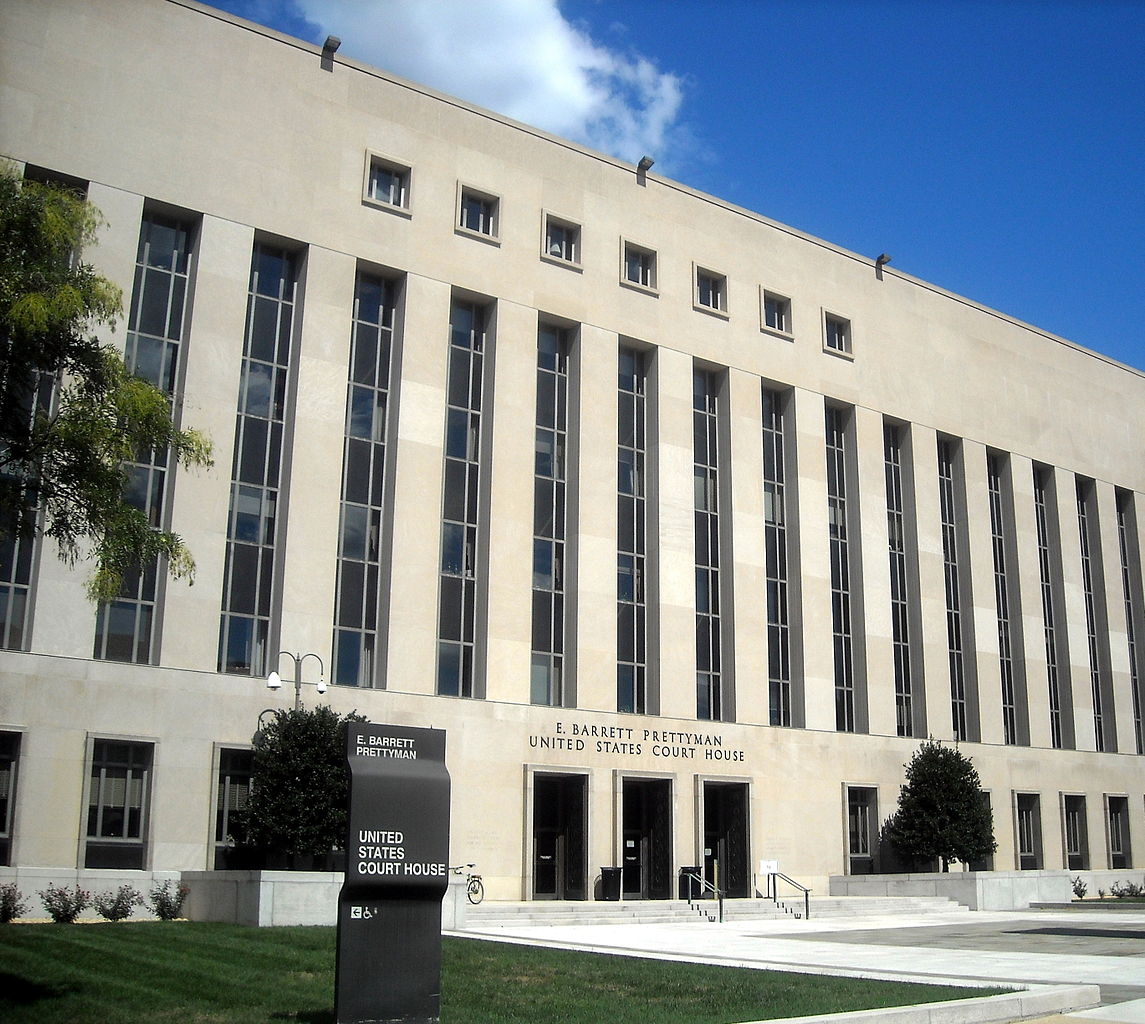A (Qualified) Defense of Secret Agreements
Many of us think about international agreements as inherently public documents, but states commonly employ secret agreements as diplomatic tools. Russia and the United States concluded such an agreement in July to bar Iranian-backed foreign fighters from certain areas in Syria.
Published by The Lawfare Institute
in Cooperation With

Many of us think about international agreements as inherently public documents, but states commonly employ secret agreements as diplomatic tools. Russia and the United States concluded such an agreement in July to bar Iranian-backed foreign fighters from certain areas in Syria. Qatar made a series of secret agreements with its Gulf neighbors in 2013 and 2014 pursuant to which Qatar agreed to limit its assistance to hostile groups inside those neighboring states. (Qatar’s failure to comply with those agreements may have led in part to recent diplomatic scuffles with the UAE and others.) In the past few years, the United States has concluded secret agreements with Pakistan and Tunisia related to drone flights and with Libya on defense contacts and cooperation, to name just a few.
Some of these secret commitments have more formal trappings than others, and not all are intended to be legally binding. Taken collectively, they make up a hidden ecosystem that permeates international relations—and particularly U.S. foreign policy. The United States concludes about a dozen legally binding secret international agreements a year, and there is reason to think it concludes many more politically binding secret arrangements in the same time frame. The commitments that have come to light fall into five basic categories, many of which implicate national security: intelligence cooperation, military cooperation, nuclear weapons issues, conventional-weapons-related use restrictions, and economic commitments.
Significant skepticism surrounds the use of secret international agreements. Some of the skepticism flows from their troubling history during World War I, when states used secret treaties to lure other states into the war, anticipatorily divide the spoils of war, and to commit to things in secret that belied their public statements. (These secret agreements prompted President Woodrow Wilson to promote, as the first of his Fourteen Points, “open covenants of peace, openly arrived at, after which there shall be no private international understandings of any kind.”) Another, related source of skepticism is a sense that states resort to secrecy only when they are doing something illicit. It turns out, however, that states use secret commitments for a range of reasons, only a few of which are problematic.
First, states keep a variety of commitments secret because the information they contain is appropriately classified under the parties’ domestic law and its disclosure would defeat the purpose of the commitment. One example is a commitment to share intelligence collected using particular classified capabilities. Second, secrecy in international commitments facilitates transparency among the states that hold discussions behind that veil. For example, Russia and the United States might be willing to consider negotiating an agreement related to nuclear weapons only if they can discuss in secret the nature and number of those weapons. Third, a state may choose to keep a commitment secret out of deference to its partner’s sovereignty or national pride. In some instances, the partner believes that the commitment, if made public, would signal an unwelcome surrender of its sovereignty or reveal military or political weakness. Fourth, and more troublingly, states may use secrecy to avoid public scrutiny, where the governments concluding the secret commitment are concerned that their publics would be unlikely to support it. Finally, states may employ secrecy to facilitate the conclusion of commitments that are of questionable legality under international or domestic law (or both).
As I argue in a forthcoming article, a survey of those U.S. secret commitments that have come to light suggests that the underlying purposes of most of the commitments are consistent with U.N. Charter norms, at least as the United States traditionally has interpreted those norms. The commitments tend to advance at least three recurrent strategic goals: They (1) strengthen a state party’s ability to preserve or exercise its right of individual or collective self-defense; (2) minimize the chance of armed conflict; or (3) advance human rights or other international laws. Each of these goals has direct parallels in the U.N. Charter.
Those skeptical of the charter’s durability and persuasive power might anticipate that states would conclude a variety of secret commitments that run contrary to the charter’s rules. After all, if states pay only lip service to the U.N. Charter’s norms but have not internalized them as true rules, they should have limited compunction about agreeing to disregard them in non-public contexts. Yet few secret commitments that have surfaced reveal provisions that overtly challenge charter norms.
How can we explain the fact of limited secret charter violations? First, many secret commitments between states have not become public, and perhaps never will. There may be a range of secret commitments that anticipate or facilitate charter violations but remained concealed. Second, states may conclude secret exchanges that look consistent with U.N. Charter norms but may do so for reasons other than an interest in complying with the charter. A state might conclude, for example, that it is in its self-interest to avoid a secret commitment to aid and abet violations of the Convention Against Torture because it wishes to avoid eventual foreign criminal prosecutions or domestic civil litigation. Third, states might individually remain willing to violate the charter but believe that it is too risky to enter into bilateral commitments to do so because there is a higher chance that the commitment will leak or that the partner state will change its mind. Fourth, states may generally have internalized the charter norms against aggression and in favor of human rights and internal self-determination. At the very least, they arguably understand—or at least intuit—that concluding commitments that undercut the charter is illegitimate. This is not to suggest that states never violate charter norms but, rather, to suggest that the basic contours of the charter’s substantive norms operate as a baseline against which states contemplate and structure their military and intelligence cooperation, even in secret.
Here is the article’s abstract:
Secret international agreements have a bad reputation. Ever since states misused secret agreements during World War I, commentators have condemned these agreements as pernicious and destabilizing to international peace and security. The concerns triggered by these agreements were so salient that states crafting the League of Nations Covenant and then the United Nations Charter included provisions intended to eliminate their use. Conventional wisdom holds that the Charter largely achieved this goal—that secret agreements are rare, and that we should celebrate this. But the story is wrong, descriptively and normatively. Secret international commitments are pervasive today, and they are not always problematic.
This article sets out to describe and defend—with certain qualifications—the use of secret commitments in contemporary practice, with a focus on those to which the United States is a party. Notwithstanding their opacity, these commitments perform a critical role in shaping legal and strategic interactions between the United States and other states. Further, the evidence belies the idea that states predominately resort to secrecy when they intend to violate international norms. Most of those commitments that have come to light are—counter-intuitively, perhaps—consistent with the U.N. Charter, and in some cases actually advance the charter’s purposes.
Certain secret commitments remain troubling or deeply opaque, however, and so this article also identifies various existing dynamics in the U.S. system that might assuage concerns about the abuse of secret commitments and proposes procedural protections that all states might develop to minimize the democratic challenges posed by secret commitments. Further, a more complete understanding of secret commitments provides new insights into the literature on executive power and lawmaking, government secrecy, and compliance with international agreements. In particular, the fact that the secret commitments studied here largely respect the limits of international and domestic law sheds light on the debate about the extent to which the executive is bound—and perceives itself to be bound—by law in the national security realm.





